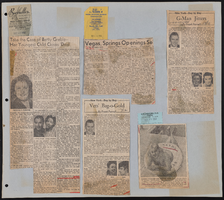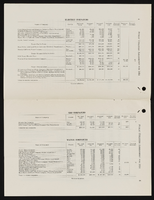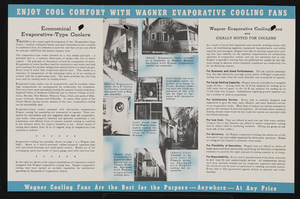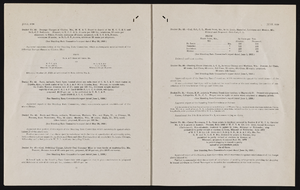Search the Special Collections and Archives Portal
Search Results
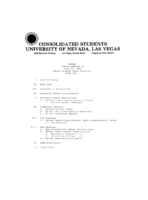
Meeting minutes for Consolidated Student Senate, University of Nevada, Las Vegas, June 10, 1980
Date
Archival Collection
Description
Text
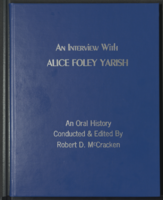
Alice Foley Yarish interview, August 31, 1993: transcript
Date
Description
An oral history interview conducted and edited by Robert D. McCracken; Esmeralda County History Project; Goldfield, 1993
Text
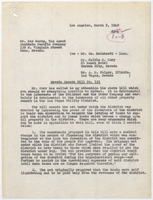
Letter from E. E. Bennett (Los Angeles) to Ray Marks (Reno) regarding Nevada Senate Bill 155, March 9, 1949
Date
Archival Collection
Description
Letter from Bennett calling attention to Nevada Senate Bill No. 155. Senate Bill 155 gives the Las Vegas Valley Water District power in levying taxes and issuing bonds in ways contrary to its original act. According to Bennett, it would create an unfair tax burden on the Los Angeles & Salt Lake Railroad Company and should be defeated. Senate Bill 155 is referenced below.
Text
Audio clip from interview with Lovee duBoef Arum by Barbara Tabach, November 1, 2016
Date
Archival Collection
Description
Part of an interview with Lovee duBoef Arum on November 1, 2016. In this clip, Arum discusses her childhood, family life, and what brought her to Las Vegas.
Sound
Audio clip from interview with Arne Rosencrantz by Barbara Tabach, February 18, 2015
Date
Archival Collection
Description
Part of an interview with Arne Rosencrantz on February 18, 2015. In this clip, Rosencrantz discusses his family heritage, childhood, and living in Las Vegas.
Sound

